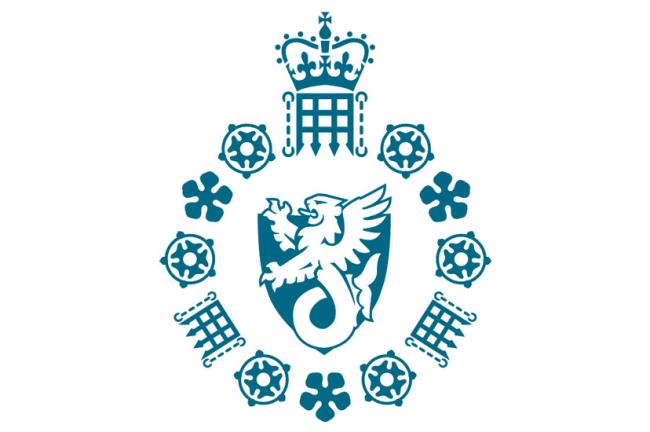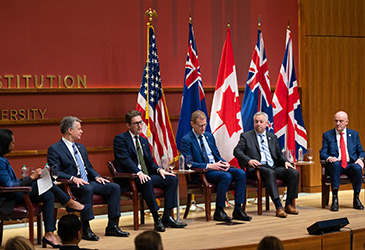Terrorist threat in the 1980s
Irish and international terrorism
By Professor Christopher Andrew, author of "The Defence of the Realm".
From the mid-1980s onwards, the decline in the Cold War and in the perceived threat from domestic subversion was matched by increasing awareness of the terrorist menace, prompted in 1984 by such well publicised attacks as the Provisional IRA (PIRA) bombing of the Grand Hotel in Brighton during the Conservative Party Conference and the shooting of WPC Yvonne Fletcher by a gunman inside the Libyan People’s Bureau (embassy) during an anti-Qadhafi demonstration.
In 1984 the Security Service at last set up a branch (directorate) with undivided responsibility for counter-terrorism. Its first head, the future Director General Sir Patrick Walker, told the Home Secretary in 1985 that his work was evenly divided between Irish and international terrorism: ‘The threat posed by international terrorism was less intense and sustained, but it was, on the other hand, more diffuse and, in intelligence terms, tougher to crack. The threat posed by Irish terrorism was more sustained, but in this area the Security Service shared responsibility with MPSB.’
The most persistent state-sponsored terrorist threat in Britain during the 1980s came from Colonel Qadhafi’s Libya. Though good intelligence made it possible to limit the number of Libyan dissident émigrés assassinated by Qadhafi’s hitmen, it was not until 1987 that the Libyan supply of arms and Semtex explosive to PIRA was cut off. MI5 gloomily concluded that PIRA had already ‘acquired from Libya more weapons etc than it can use’.
Though the MPSB retained the lead intelligence role against PIRA in Britain, MI5, somewhat illogically, had responsibility for monitoring its ‘overseas links and source of [arms] supply’. The Security Service’s biggest deployment against an expected PIRA attack during the later Cold War was thus, paradoxically, not in London but in Gibraltar, where the weekly changing of the guard which marched down a route lined with parked cars offered an ideal location for a car bomb attack. In March 1988 the three members of a PIRA active service unit (ASU), who had been identified by MI5 and were preparing an attack, were shot dead in Gibraltar by military personnel in civilian clothes who said they believed that the ASU was about to detonate a car bomb by remote control and/or to draw their weapons. The ASU turned out to be unarmed.

